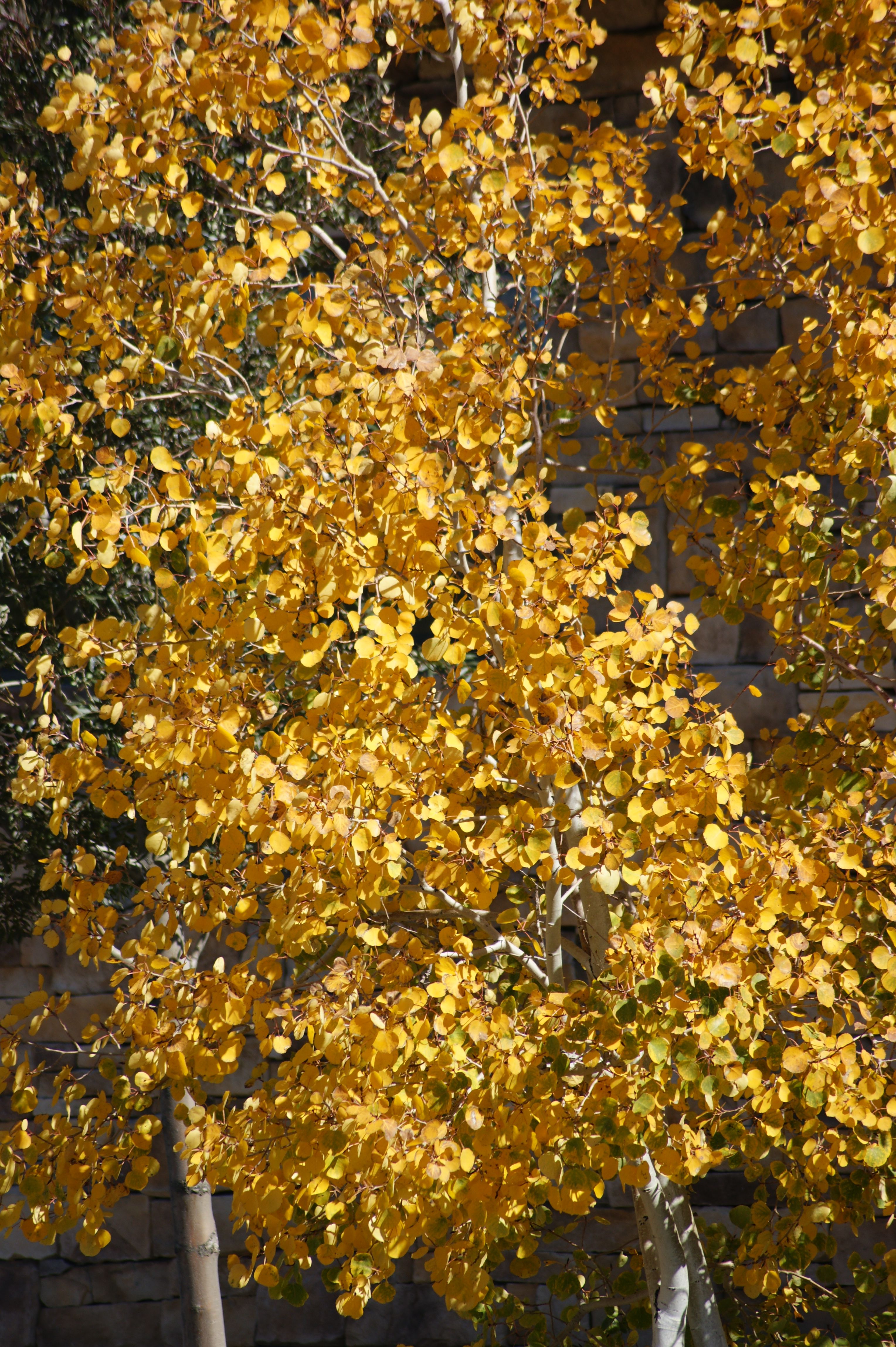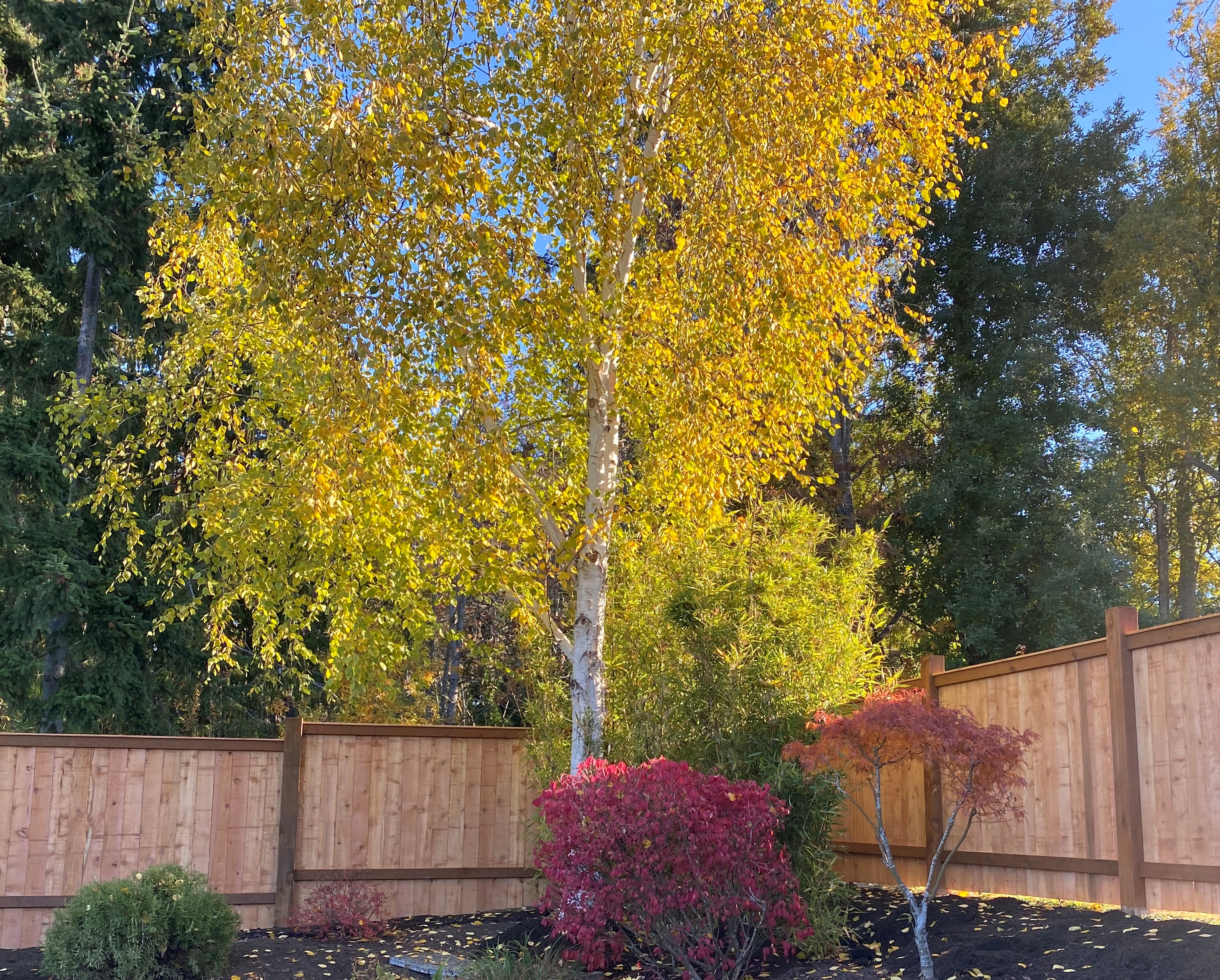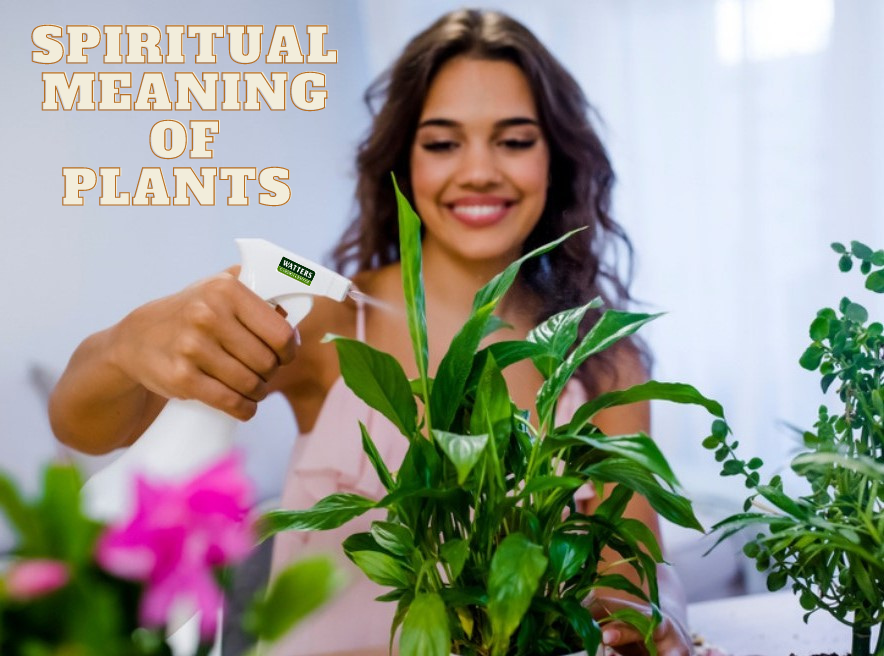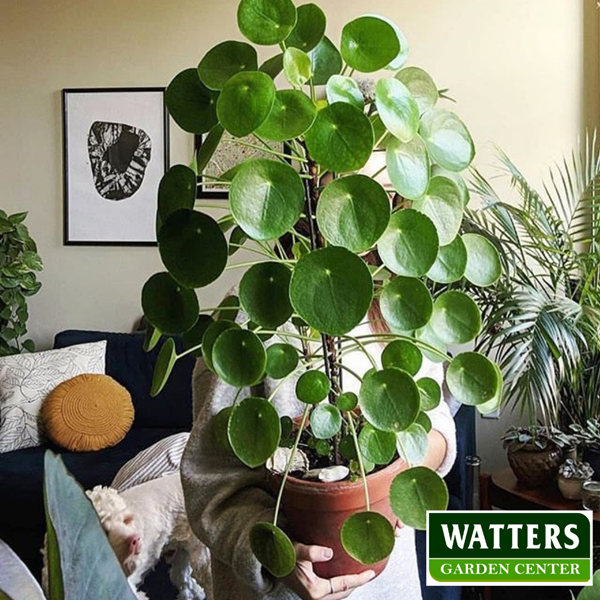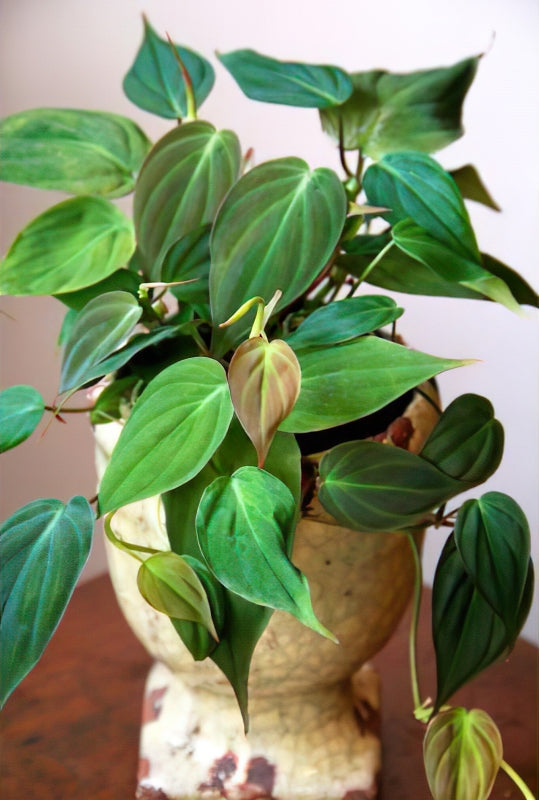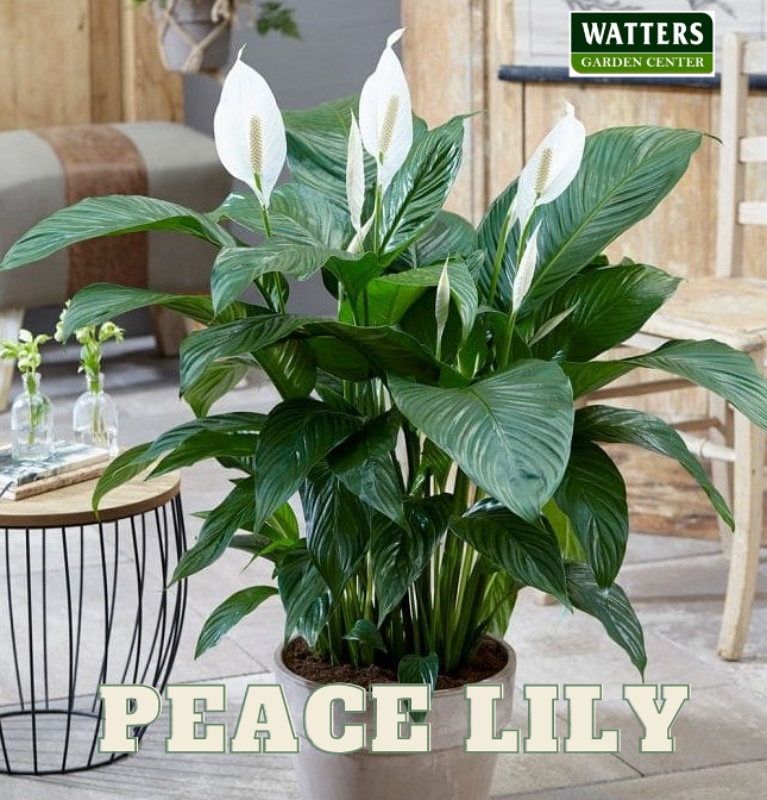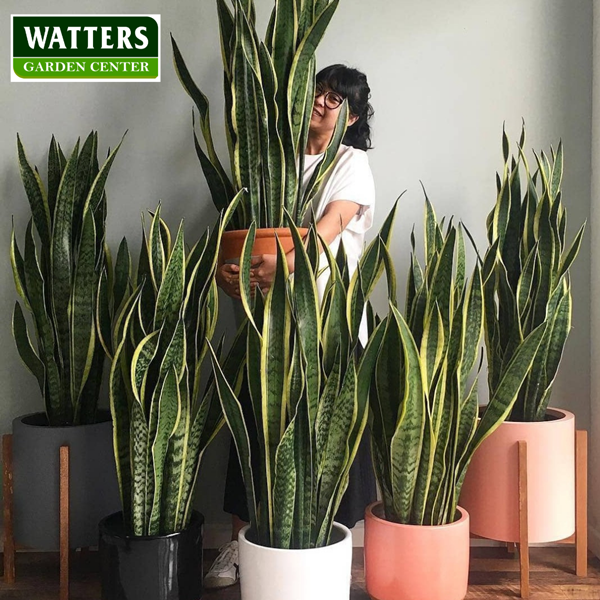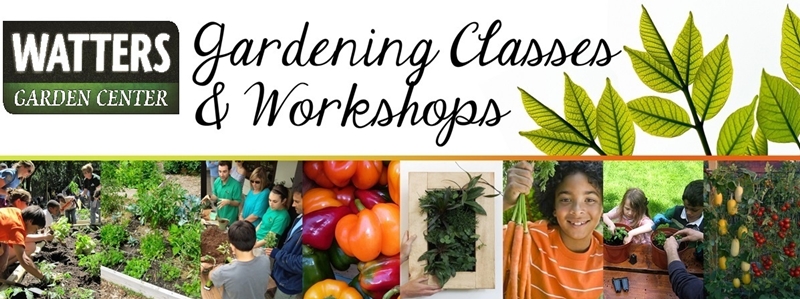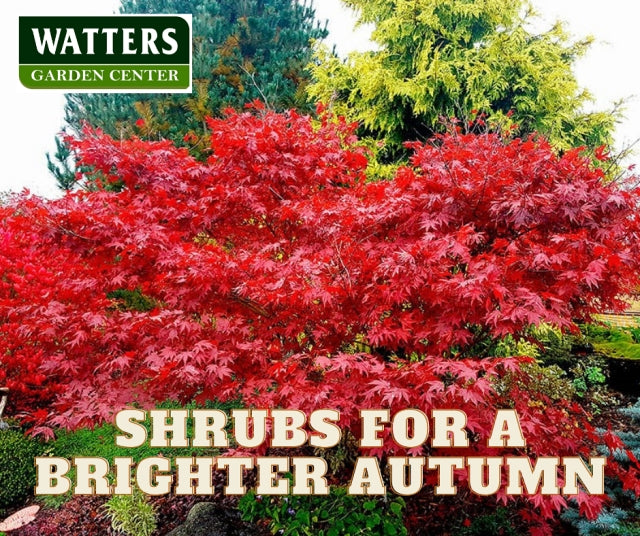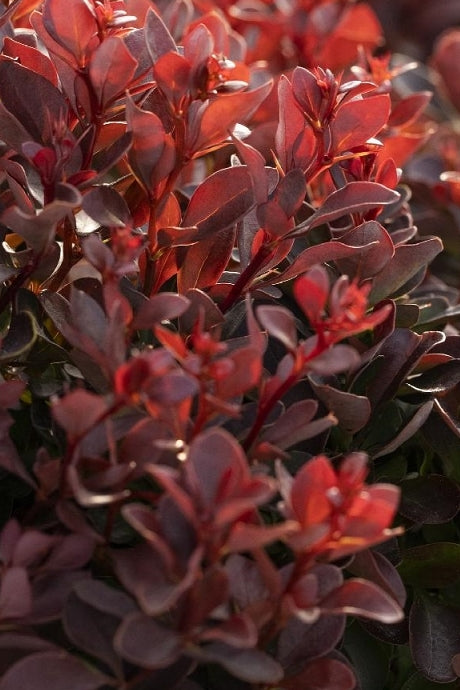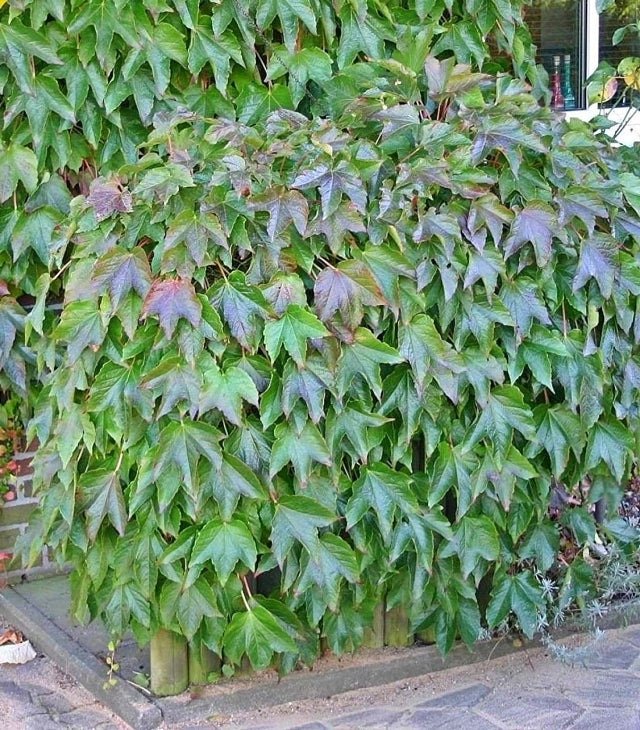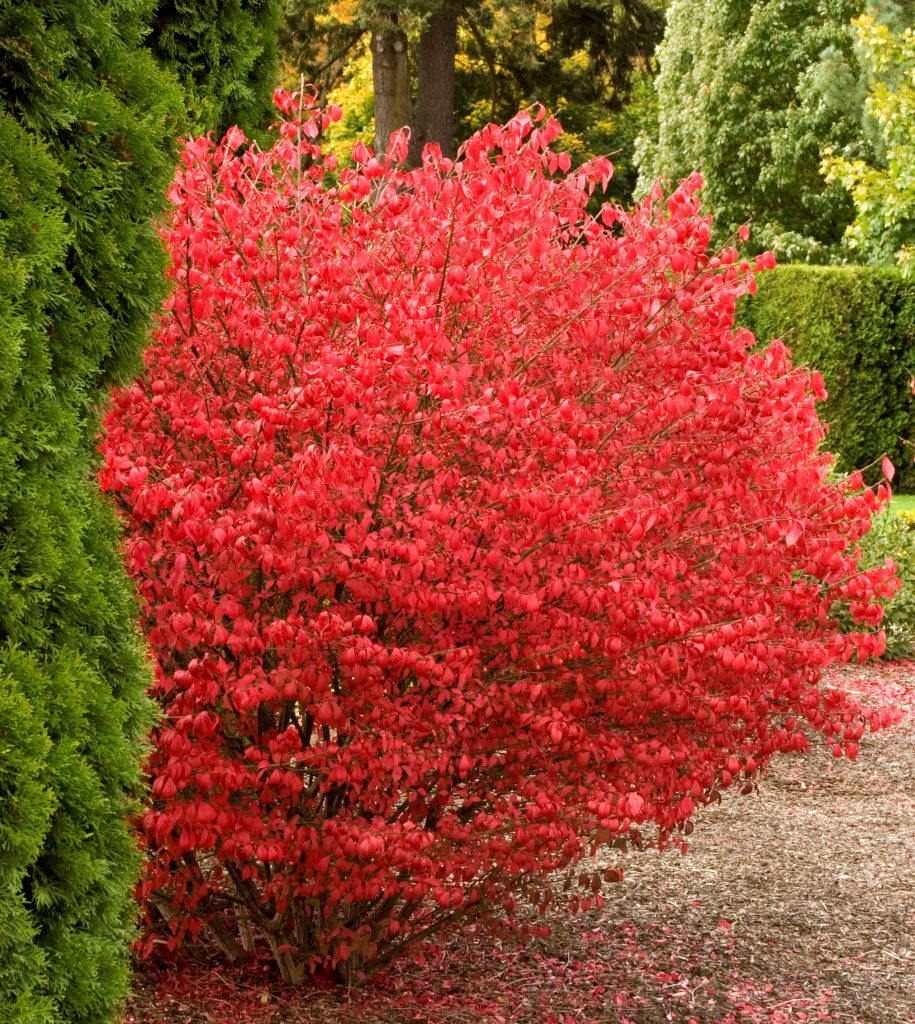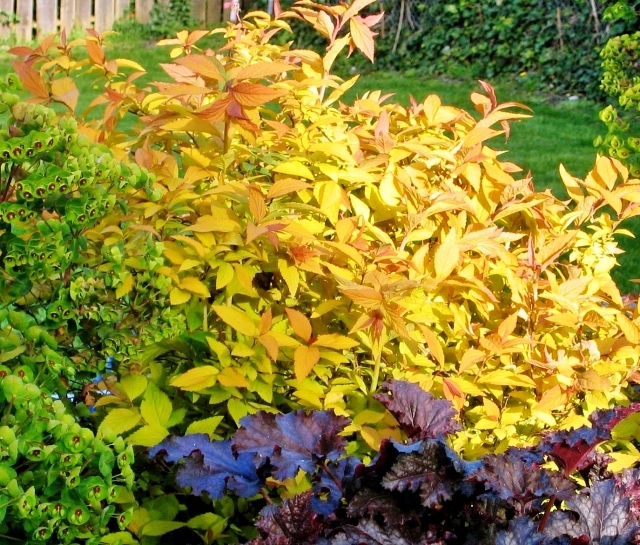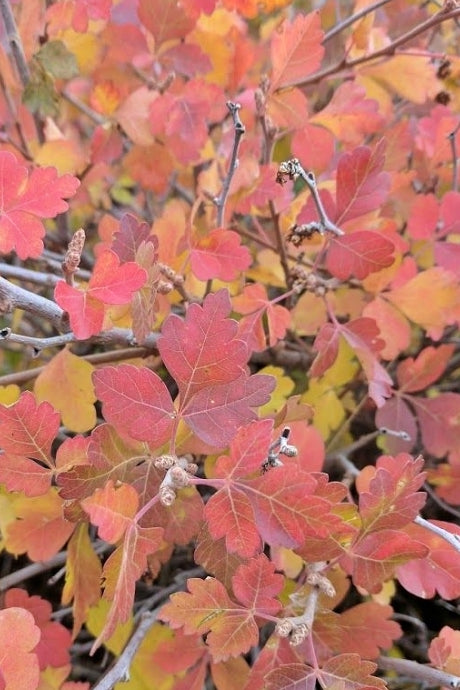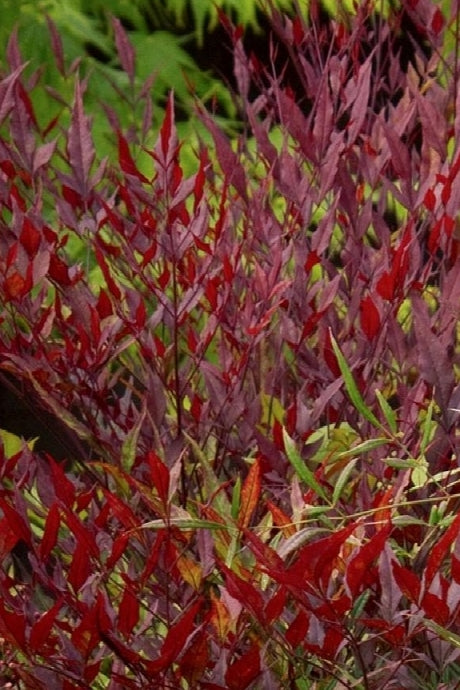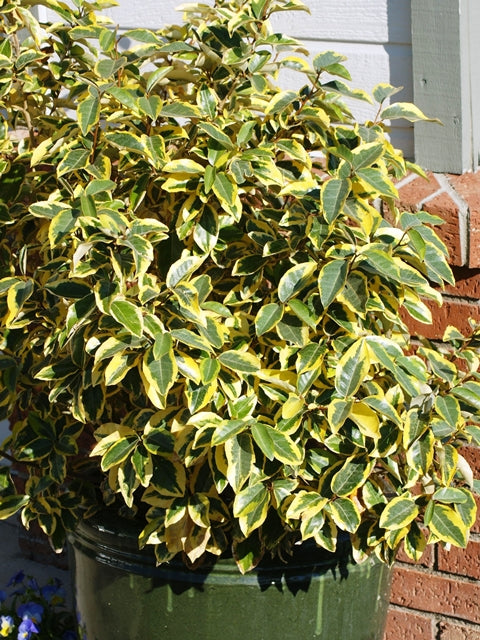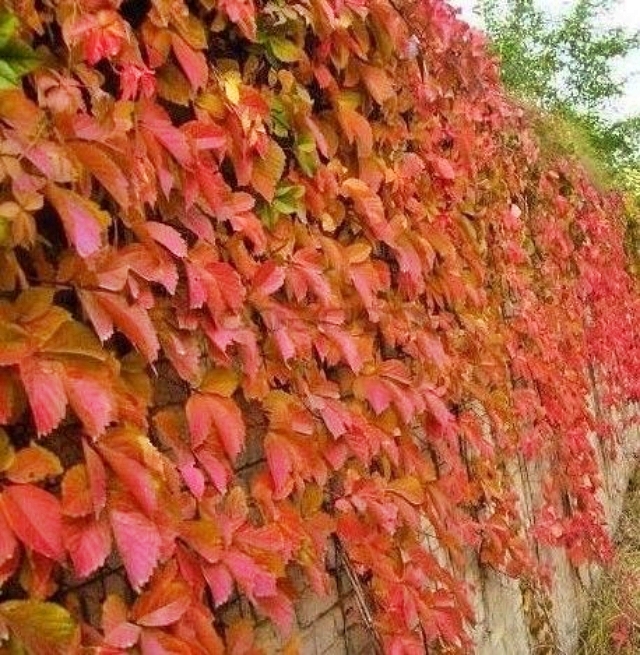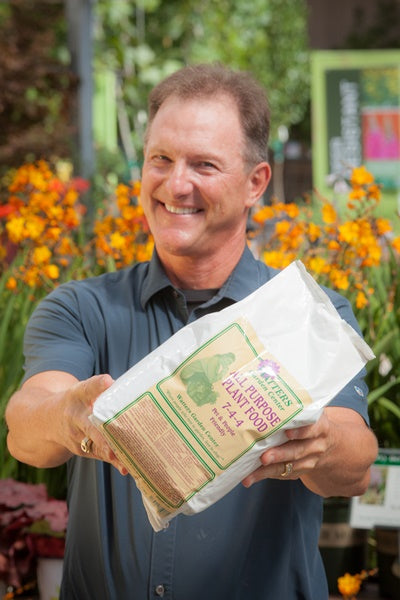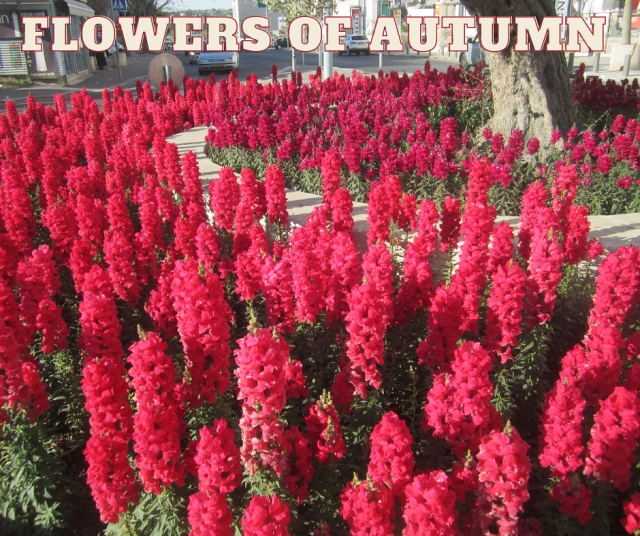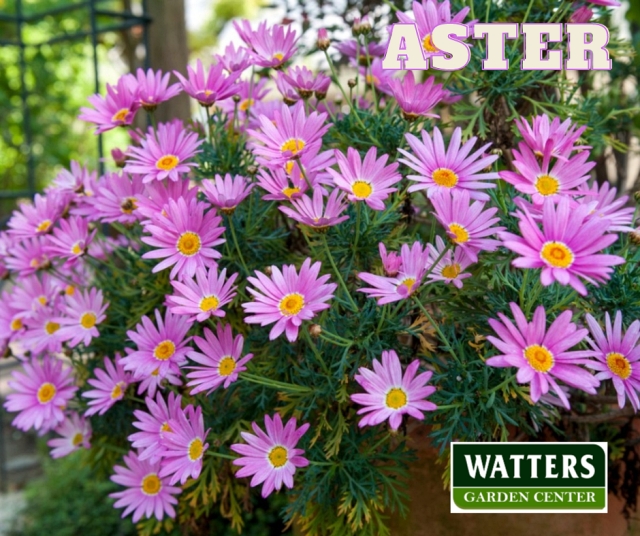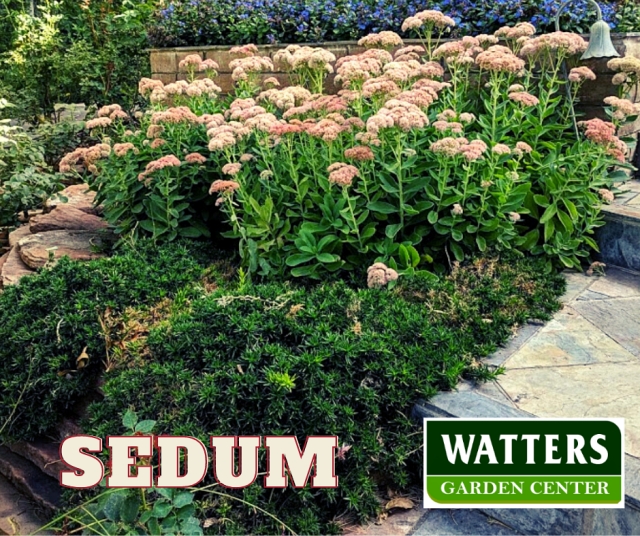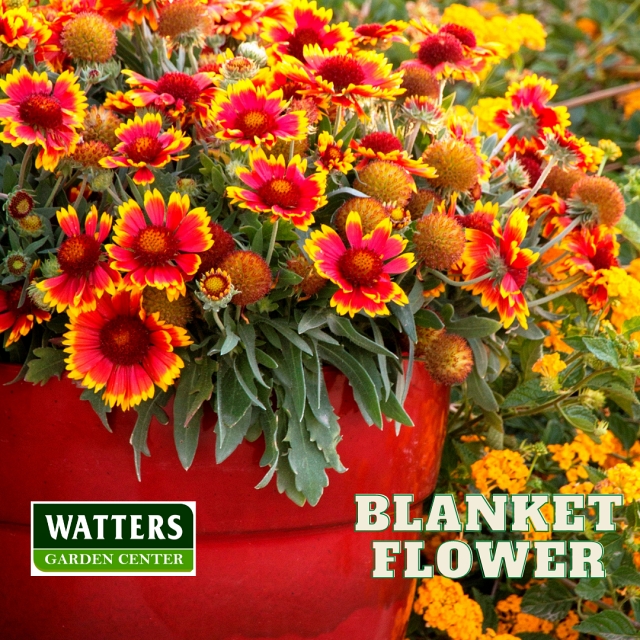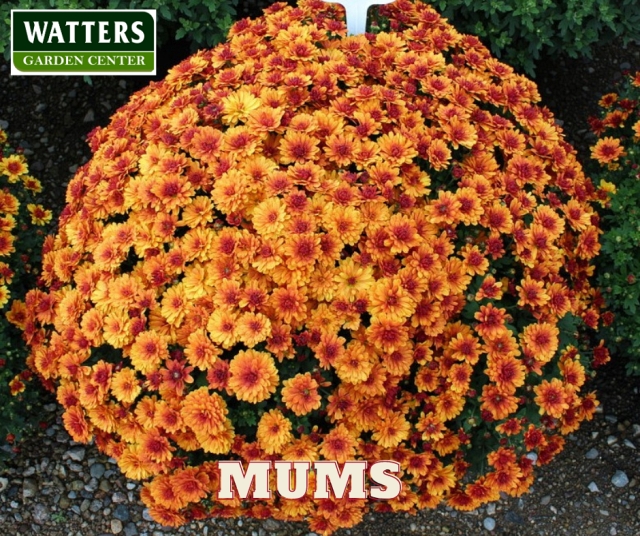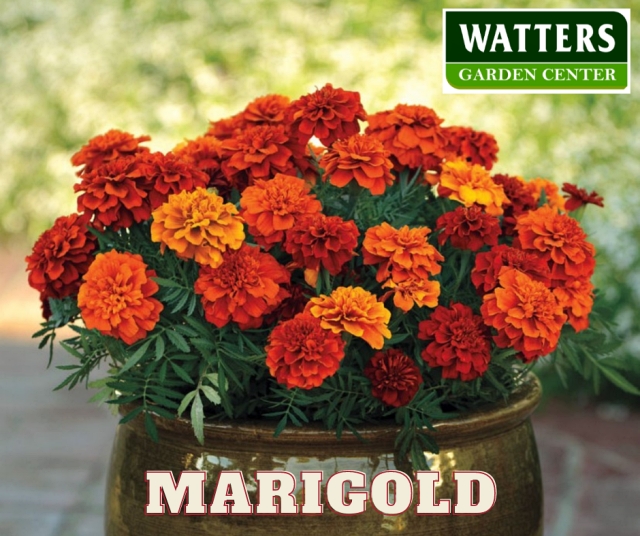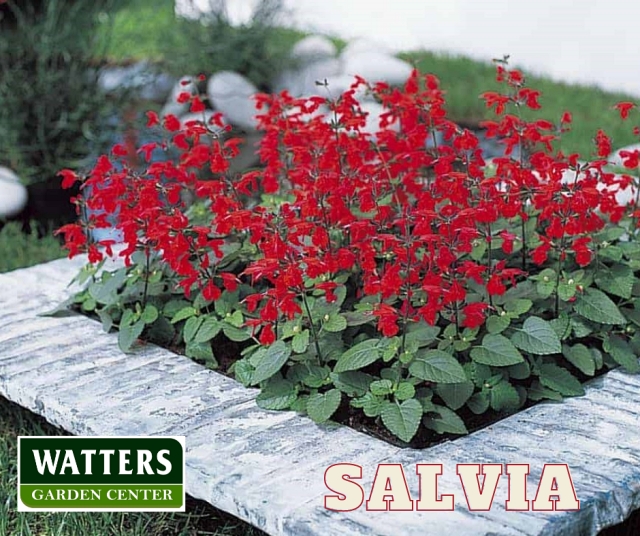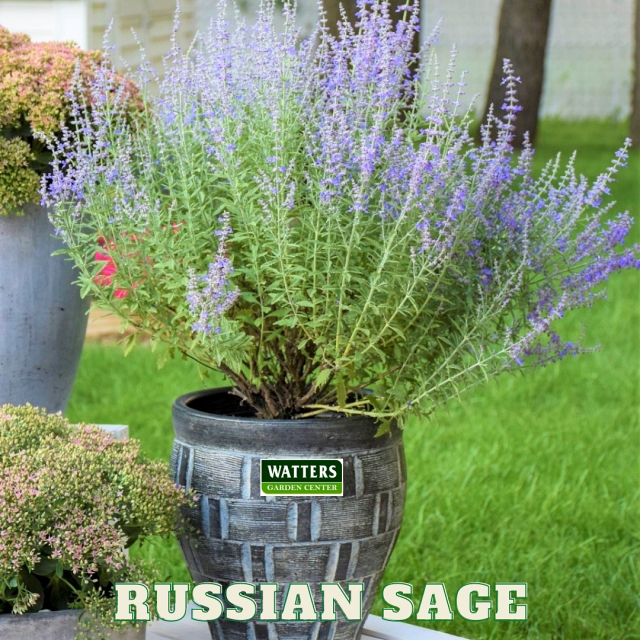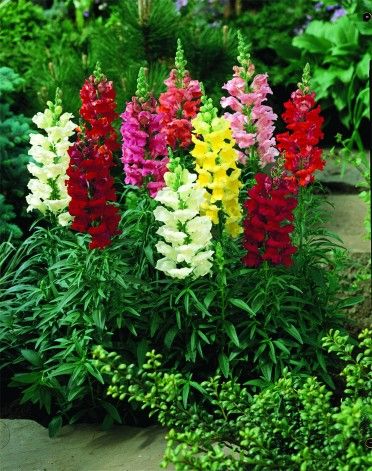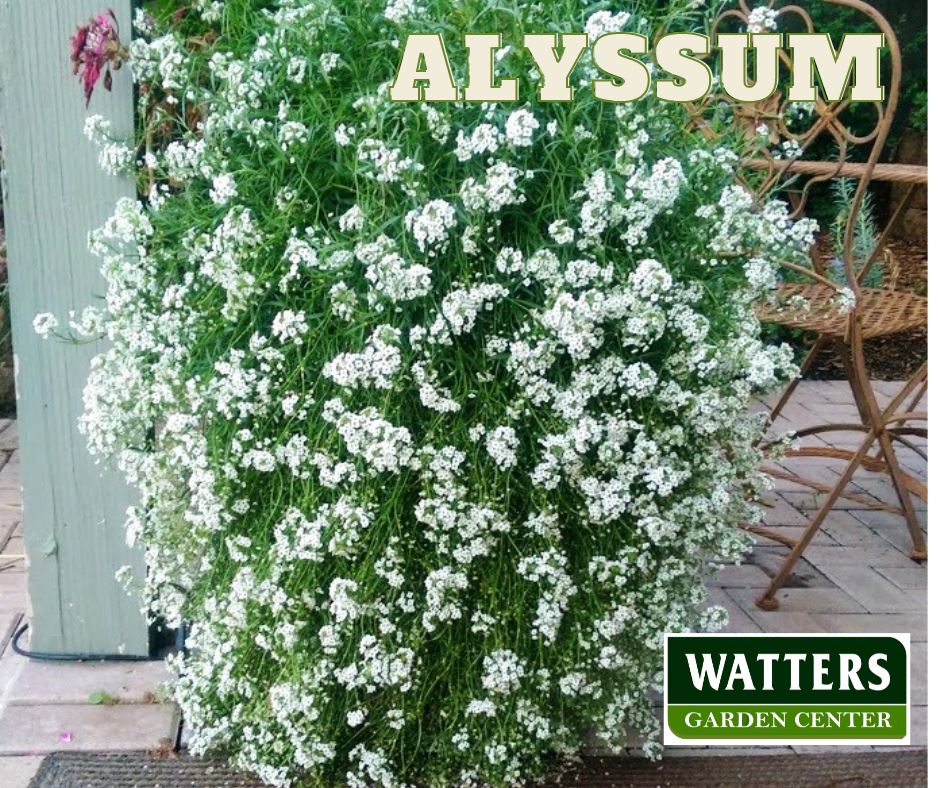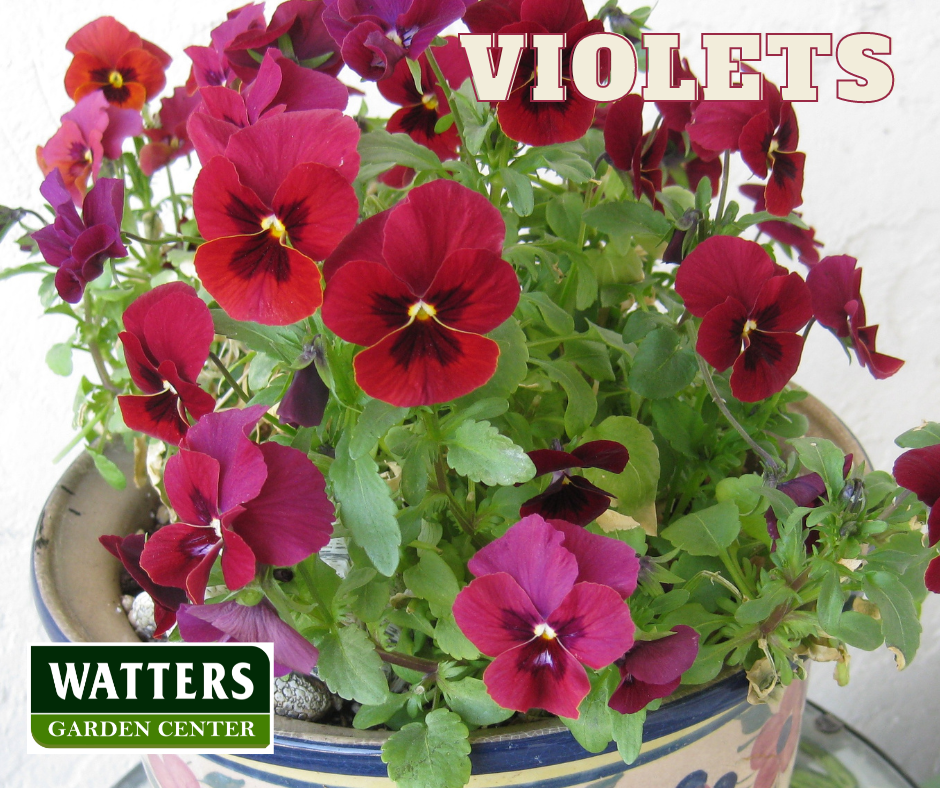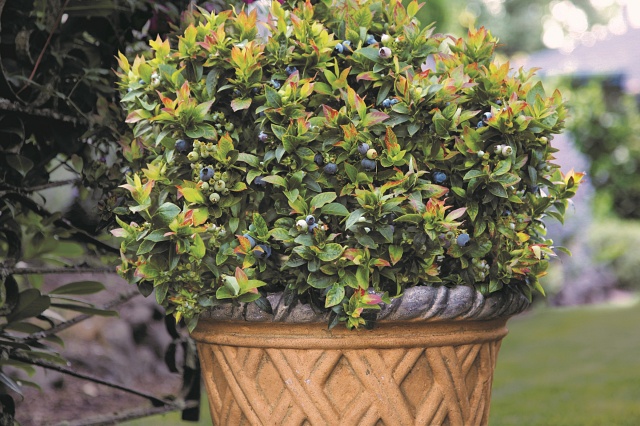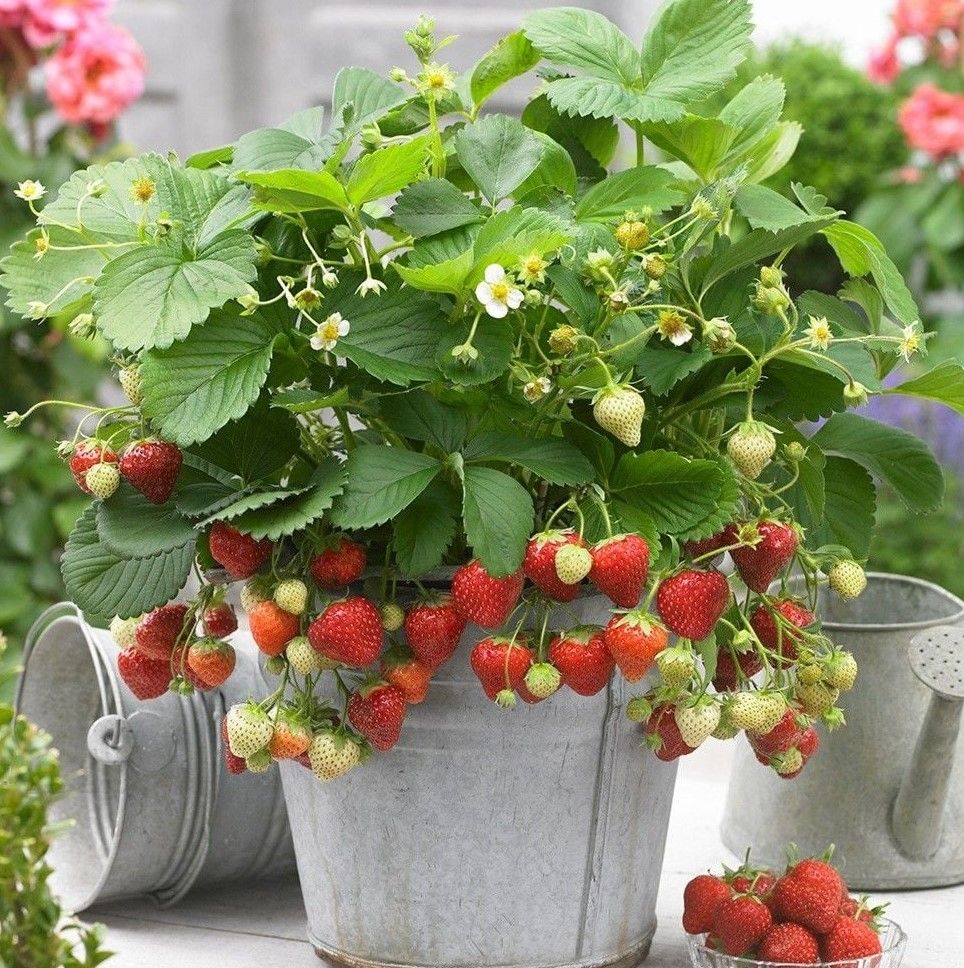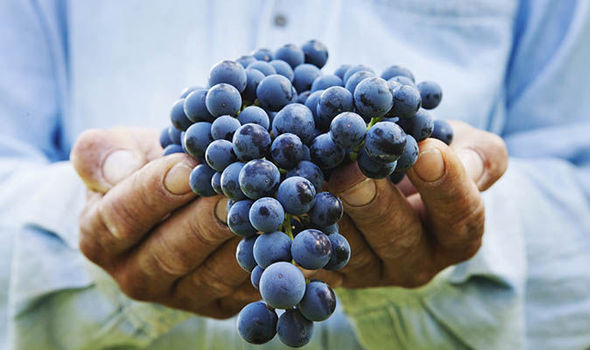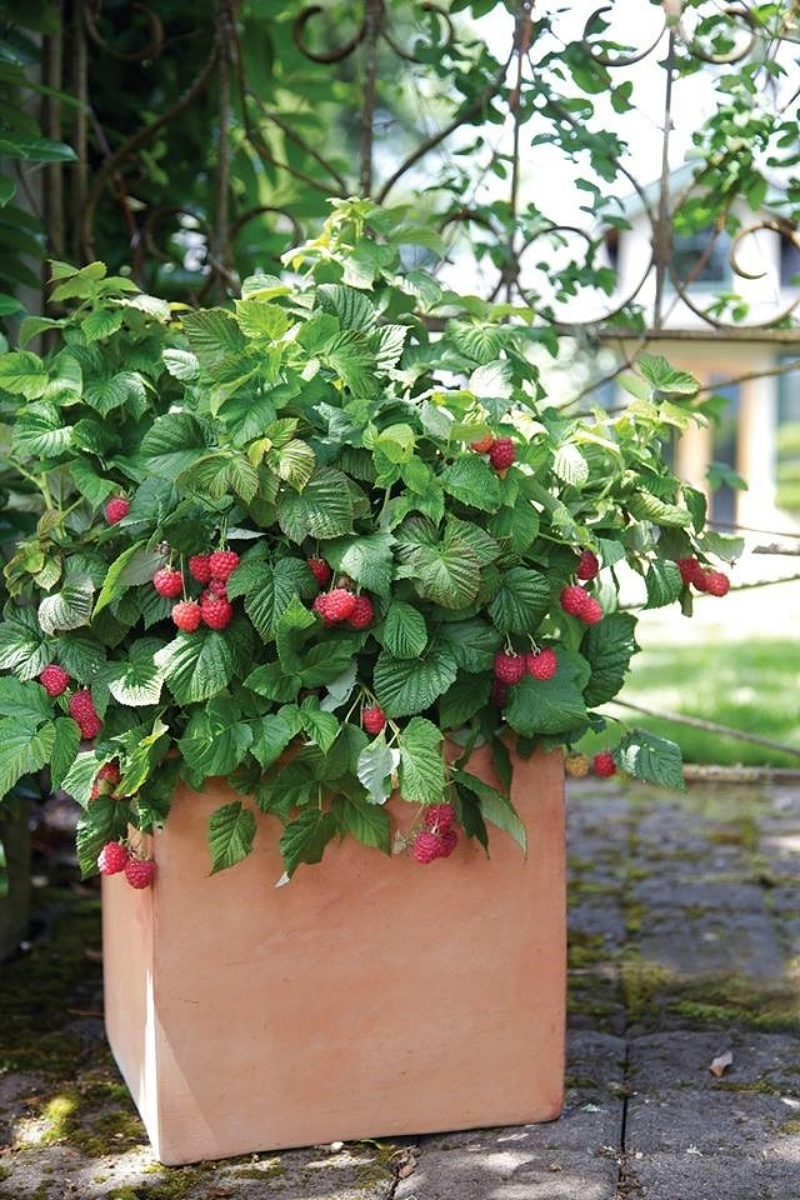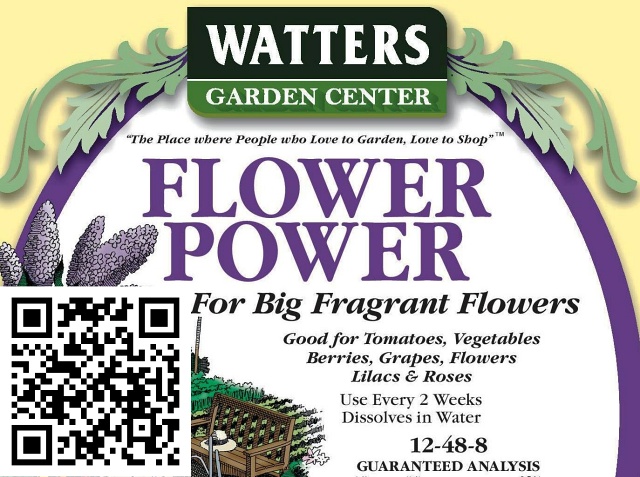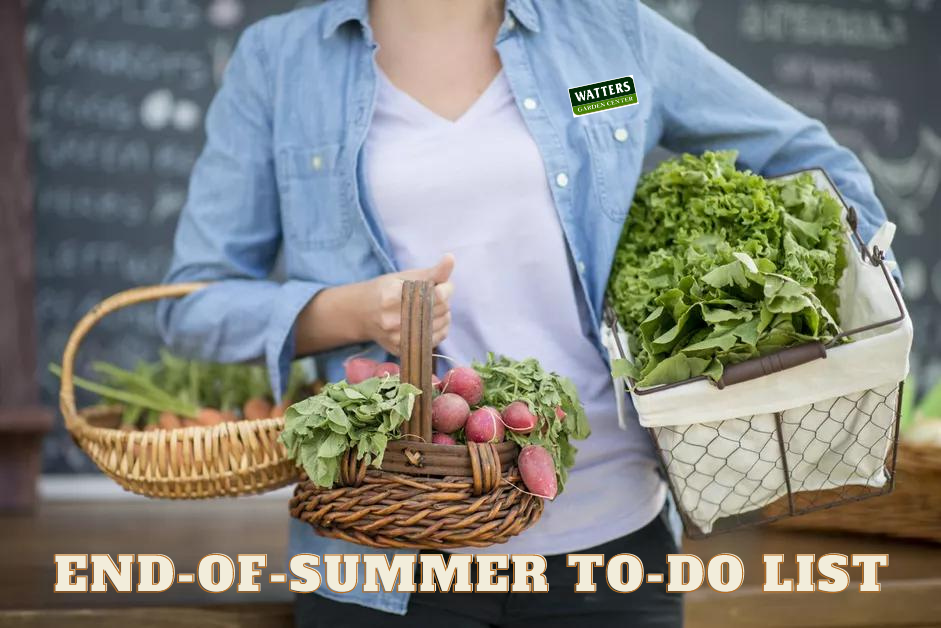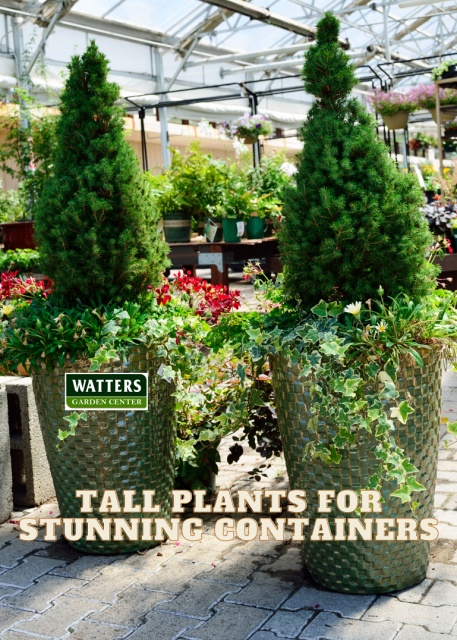by Ken Lain, the mountain gardener
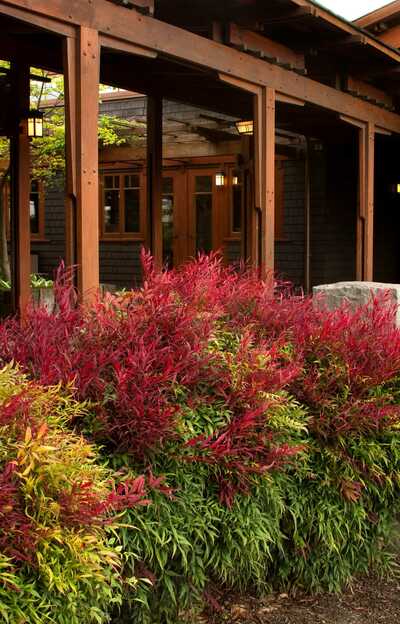
Heavenly bamboo (Nandina domestica) is a low-maintenance, evergreen shrub with dazzling color all year. Native to eastern Asia, heavenly bamboo thrives in Arizona’s mountains, sporting cane-like stems and finely textured leaves.
In spring, dainty white flowers bloom, followed by bright red berries that persist through winter. Plant heavenly bamboo in fall for best results.
Botanical Name: Nandina domestica
Common name: Heavenly Bamboo
Plant Type: Shrub
Mature Size: 7 ft Tall 5ft Wide
Sun Exposure: Full to Partial Sun
Soil Type: Well-draining
Bloom Time: Spring
Flower Color: Cream,White
Hardiness Zones: 6 to 9
Native Area: Eastern Asian
Toxicity: Toxic to Animals
How to Grow Heavenly Bamboo
Light
Heavenly bamboo is adaptable to a variety of light conditions from full sun to partial shade. However, to achieve the most vibrant colors, heavenly bamboo should be grown in full sun.
Soil
Nandina prefers well-drained soil. Test the planting hole by filling it with water in the morning. If water is still pooling in the dug hole at the end of the day, you have drainage issues that will need more work.
During its first growing season, water a heavenly bamboo deeply and regularly to establish an extensive root system. Ensure the soil is kept consistently moist but never waterlogged. Keep in mind that heavenly bamboo grown in containers will need to be watered even more frequently than plants grown in the garden. Once well-established, mature heavenly bamboo plants are more resistant to drought and can tolerate short periods of drought more readily. After the first growing season, water as needed.
April – Oct Heavenly Bamboo should be irrigated 2 x weekly
Nov – Mar Heavenly Bamboo should be irrigated 2 x monthly
Feed 4x Times per Year with either 7-4-4 All Purpose Plant Food, Soil Sulfur, or Humic. Here’s the recommendation by season:
Spring = 7-4-4 All Purpose Food + Soil Sulfur
Summer = 7-4-4 All Purpose Food + Humic
September = 7-4-4 All Purpose Food
December = 7-4-4 All Purpose Food
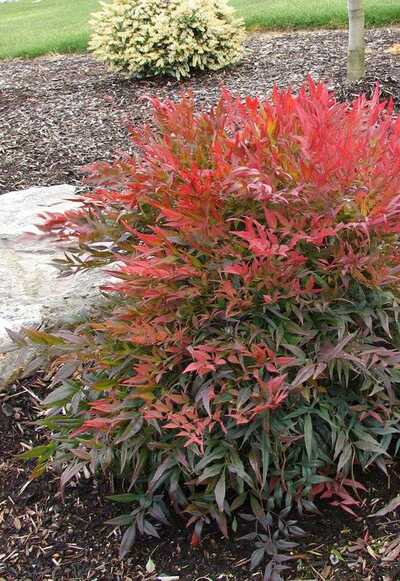
Varieties
There are several cultivators of heavenly bamboo, many of which are dwarf varieties. The most popular cultivators include:
- Nandina domestica ‘Firecracker’ or ‘Fire Power’ is a dwarf variety whose leaves turn deep red in winter.
- Nandina domestica ‘Richmond’, known for its heavy berry production, grows up to 5 feet tall.
- Nandina domestica ‘Pygmea’ (or ‘Nana’), characterized by its dense foliage and small size, grows only 2 to 4 feet tall. It does not produce many berries.
Pruning
Heavenly bamboo does best when it is allowed to grow in its natural form rather than being heavily pruned or sheared as a formal hedge. However, lightly pruning the canes of a heavenly bamboo plant once per year will help to keep it looking full. Prune the canes to varying heights for the best results.

